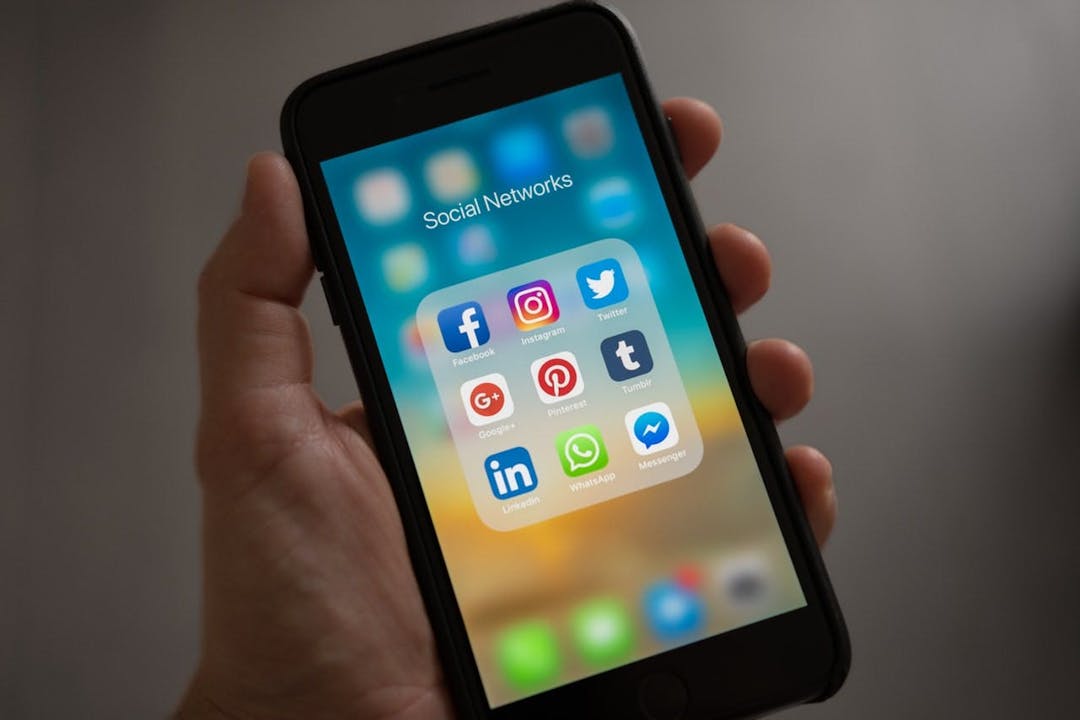Group Decision Making: How to Be Effective and Efficient
Undoubtedly, if you have ever read about group decision making, you have come across a concept known as “groupthink”. The term “groupthink” was coined by Irving Janis in his 1972 book Victims of Groupthink: A Psychological Study of Foreign-Policy Decisions and Fiascoes. He used events in foreign policy to examine our tendency to arrive at less than ideal group decisions.
The main cause? A failure to think critically in a group setting is fueled by our desire to conform to a majority and our hesitation to re-evaluate initially rejected solutions. Decisions, in this case, happen too quickly without proper analysis. The anecdote? Encourage every member to critically evaluate and voice concerns, encourage dissension, and as a leader, remain humble and open to criticism.
Yet, as many higher education professionals can surely attest to, I have also witnessed the other challenge in group decision making. In academia, engaging in critical dissent is encouraged (reviewed by Jetten & Hornsey, 2014), and while this is a fine attribute, practically, this can mean that we sometimes spend so much time expressing our thoughts, opinions, and concerns trying to reach consensus and we somehow never arrive at decisions in a timely manner.
Groups can thus hinder the ability to make decisions efficiently and effectively. But the reality is, we are often working in groups in today’s world. Interestingly, the research suggests that as employees, our time in meetings has increased over the years, and that ineffective meetings are associated with reduced well-being (Rogelberg et al., 2006). In other words, in 2019, we are spending more time in meetings that we used to, and ineffective meetings can make us miserable at work and waste our time.
So, how can we balance both the desire to avoid groupthink, but also a desire for effective group decision-making in meetings?
Here a few principles that may help:
Behavioral Science, Democratized
We make 35,000 decisions each day, often in environments that aren’t conducive to making sound choices.
At TDL, we work with organizations in the public and private sectors—from new startups, to governments, to established players like the Gates Foundation—to debias decision-making and create better outcomes for everyone.
1. What is the point of this meeting?
I recently went to a meeting where we debated the food menu for an event. Was my opinion really needed? Truth be told, you put ten professors in a room and debate what napkins to use, and that could take an hour. Not every decision requires a meeting. Figure out first why you need a meeting. Is this meeting to brainstorm, is it to narrow down options, to share data, or to create a solution? Are you looking for advice? Feedback? Or a group decision? Make these expectations clear to those attending.
For example, let’s say you do want to figure out what color napkins to use at the event. Maybe you, as the leader, remain the decision-maker and you say “I’m looking for your thoughts on napkin color”. Allow everyone to talk and respect all answers. And then say “thank you for your feedback. I will take it under advisement.”
If alternatively, you would like to decide collectively on the napkin color, you could see if you can arrive at a consensus, and if not, narrow choices down and vote.
2. What is the problem?
To make decisions as a group, the problems must first be clarified. In a meeting focused on problem-solving, be sure to agree on a definition of the problem before talking about potential solutions (Rogelberg, Scott, & Kello, 2007).
For example, “People have formally complained in the past that our napkin colors drastically detract from the event. Therefore, we are meeting to determine how to improve this situation.”
3. Avoid groupthink.
Groupthink suppresses dissent. One area where the importance of dissent has been highlighted is in healthcare, a field where interpersonal communication has been labeled as the cause for over 60% of medical errors and 12 billion dollars wasted in U.S. hospitals (Agarwal, Sands, Díaz, Schneider & Smaltz, 2010). Maxfield, Grenny, McMillan, Patterson, and Switzler (2005) reported that less than 1 in 10 healthcare providers spoke up when they saw something potentially harmful. Why did both the majority of physicians and nurses not speak up when they witness incompetence? Maxfield et al. (2005) reported the following prototypical responses: “There wasn’t a time or opportunity,” “It’s not my role,” “I’ve seen them get angry,” and “I thought they would retaliate.”
As a leader, in any organization, how do we avoid a tendency for others not to speak up? Make sure everyone is heard. Allow the time without repercussions for dissent. Ask open-ended questions that encourage critical thinking such as, “what would be the downsides of Option X that Dr. Michael just suggested?” “Are there any implications we haven’t thought of if we switch napkin color?” “Are there any other possibilities we could consider?” “Can anyone play devil’s advocate for a moment on this issue?” and finally “Does everyone feel comfortable if we move in this direction?”
And here’s some good news–encouraging participation in a meeting is significantly and positively correlated with both attendee satisfaction and attendee perception of meeting productivity (Malouff, Calic, McGrory, Murrell & Schutte, 2012)
4. Have a leader who leads.
While everyone should feel comfortable talking, someone must lead. Too often I have watched meetings end with “okay, well…we are out of time, so let’s continue this next time.” Or “let’s chew on this” or “let’s table this” or “well, there’s a lot here, so…..” (the sentence doesn’t even get completed as they look to the others for a direction).
The AI Governance Challenge
A leader needs to watch the time and not waste the point of the meeting. Satisfaction with a meeting and perception of meeting productivity are significantly and positively related to leaders being able to move a meeting along and encourage decision making (Malouff et al., 2012).
Leave time to review accomplishments and make a decision. The decisions might be “we need more information, so Dr. Kay and Dr. Hu have agreed to send us the reports” or “let’s make a draft based on our ideas to review for next meeting” or “Jamie will take care of X while Morgan will do Y” or even “now that we have considered the consequences of using napkins, let’s focus on entirely new ideas like personal air dryers”. One way or the other, be proactive at the end of a meeting. Summarize the accomplishments or views, make decisions, and delegate tasks clearly. In one study, leaders taking the time to summarize decisions led to greater participant satisfaction and perception of meeting effectiveness (Malouff et al., 2012).
Group decision-making, when poorly led, can amplify individual decision-making mistakes. In other words, we can become stupider in groups. On the other hand, if a leader wisely leads by creating an environment where different perspectives are heard and valued, a group can become wiser than any of its individuals (Sunstein & Hastie, 2015). The individual must understand their role is to add new information, and not to please anyone. The leader must understand that their role is to create an environment where problems are clarified, dissent is valued, and tasks and future directions are clearly distributed.
References
Agarwal R., Sands, D.Z., & Schneider, J.D. (2010). Quantifying the economic impact of communication inefficiencies in US hospitals. Journal of Healthcare Management, 55(4), 265-282.
Jetten, J., & Hornsey, M. J. (2014). Deviance and dissent in groups. Annual Review of Psychology, 65, 461-485.
Malouff, J. M., Calic, A., McGrory, C. M., Murrell, R. L., & Schutte, N. S. (2012). Evidence for a needs-based model of organizational-meeting leadership. Current Psychology, 31(1), 35-48.
Maxfield D., Grenny J., McMillan R., Patterson K., & Switzler A. (2005). Silence kills: Seven crucial conversations for healthcare. Vital Smarts Retrieved from: https://www.silenttreatmentstudy.com/silencekills.
Rogelberg, S.G., Scott, C., & Kello, J. (2007). The science and fiction of meetings. MIT Sloan Managementt Review. Retrieved from: https://sloanreview.mit.edu/article/the-science-and-fiction-of-meetings/
Sunstein, C. R., & Hastie, R. (2015). Wiser: Getting beyond groupthink to make groups smarter. Harvard Business Press.
About the Author
Yasmine Kalkstein
Yasmine is currently an Associate Professor of Behavioral Sciences and Leadership at the United States Military Academy at West Point, where she also serves as the Lead Integrator in the Character Integration Advisory Group. As a Fulbright Scholar, she spent a year working at the Medical Decision Making Center at Ono Academic College in Israel. She received her Ph.D. in Educational Psychology from University of Minnesota and her BA in Biopsychology from University of Virginia. She is interested in the fields of character and leadership development, medical decision making, education, and human-centered design.





